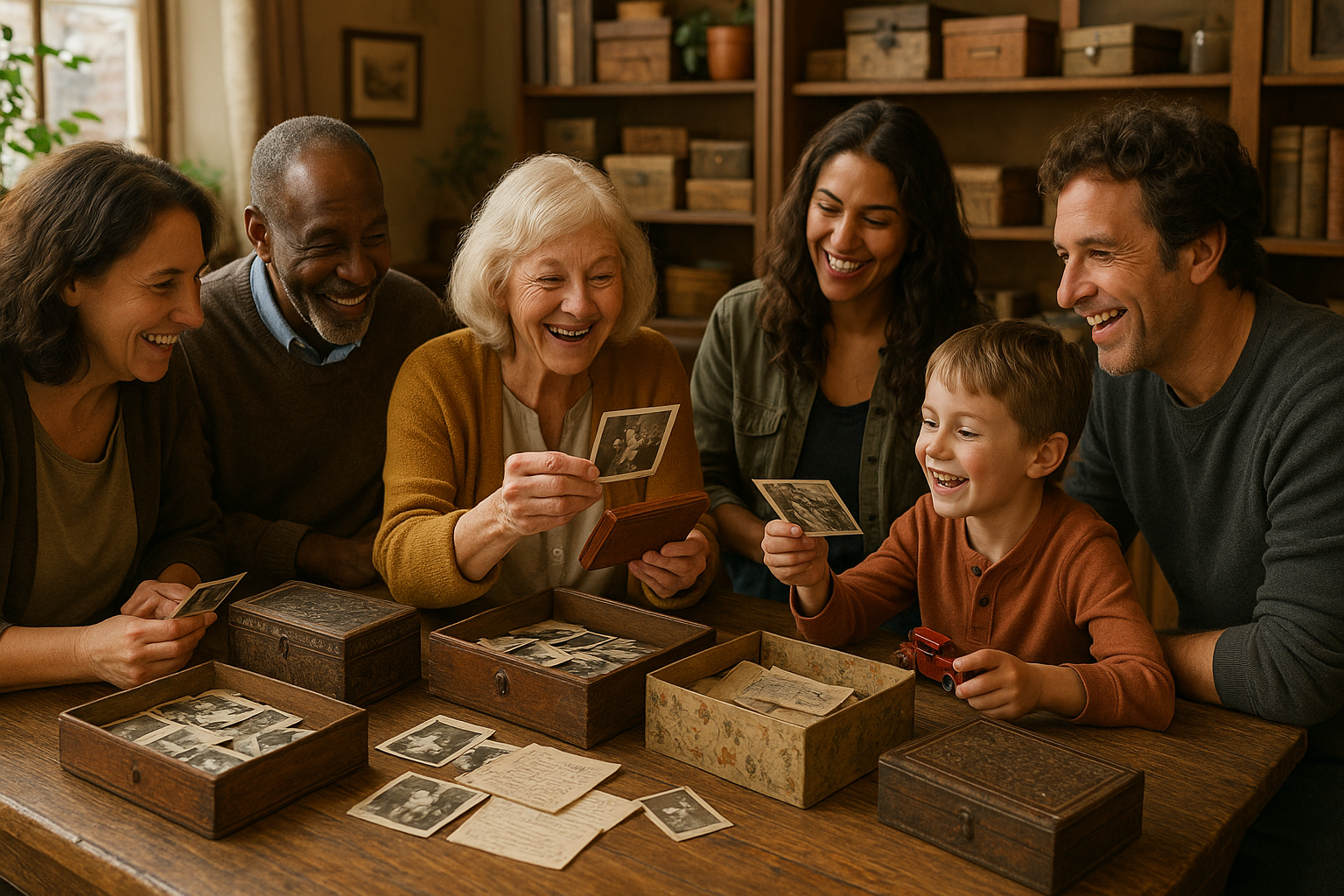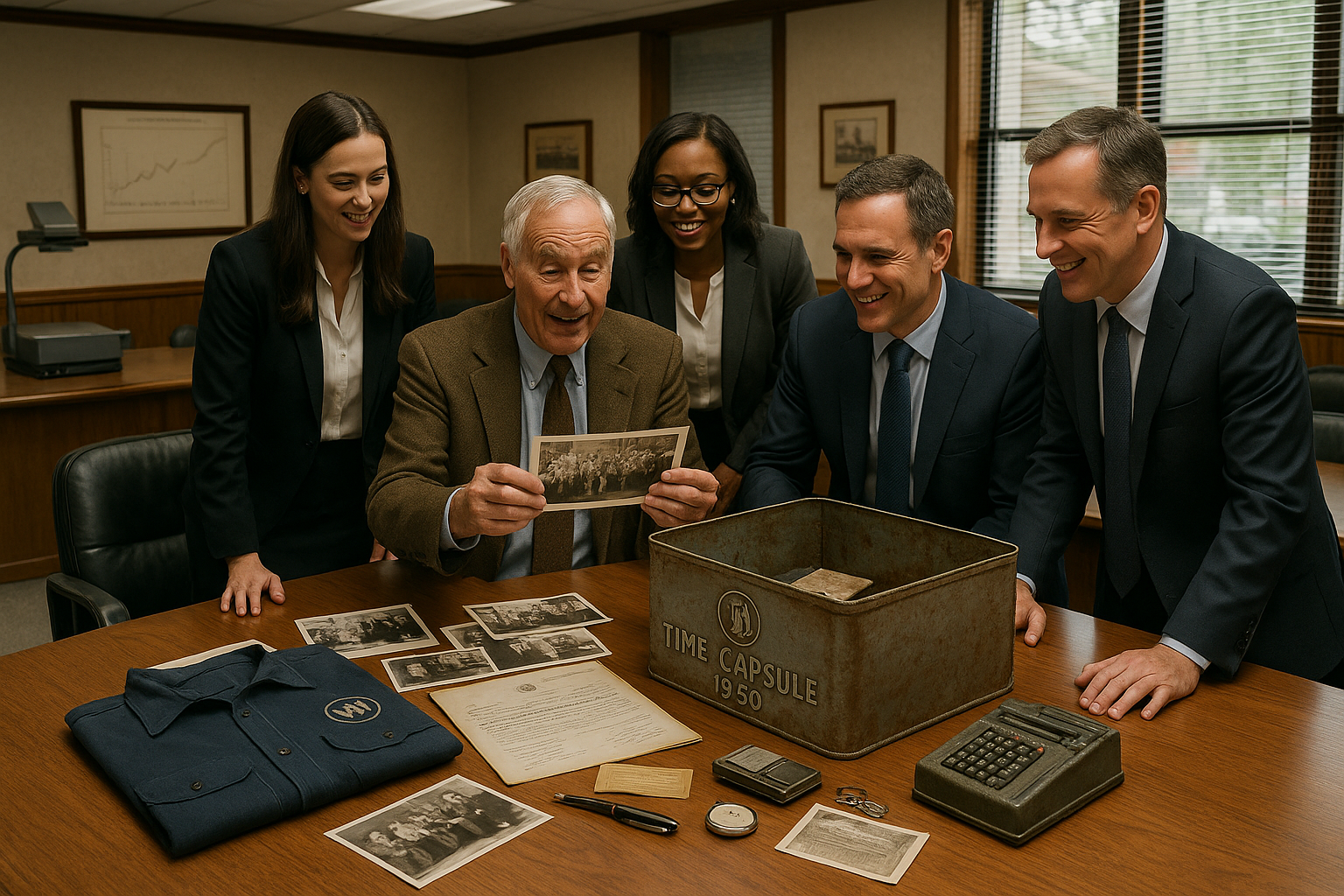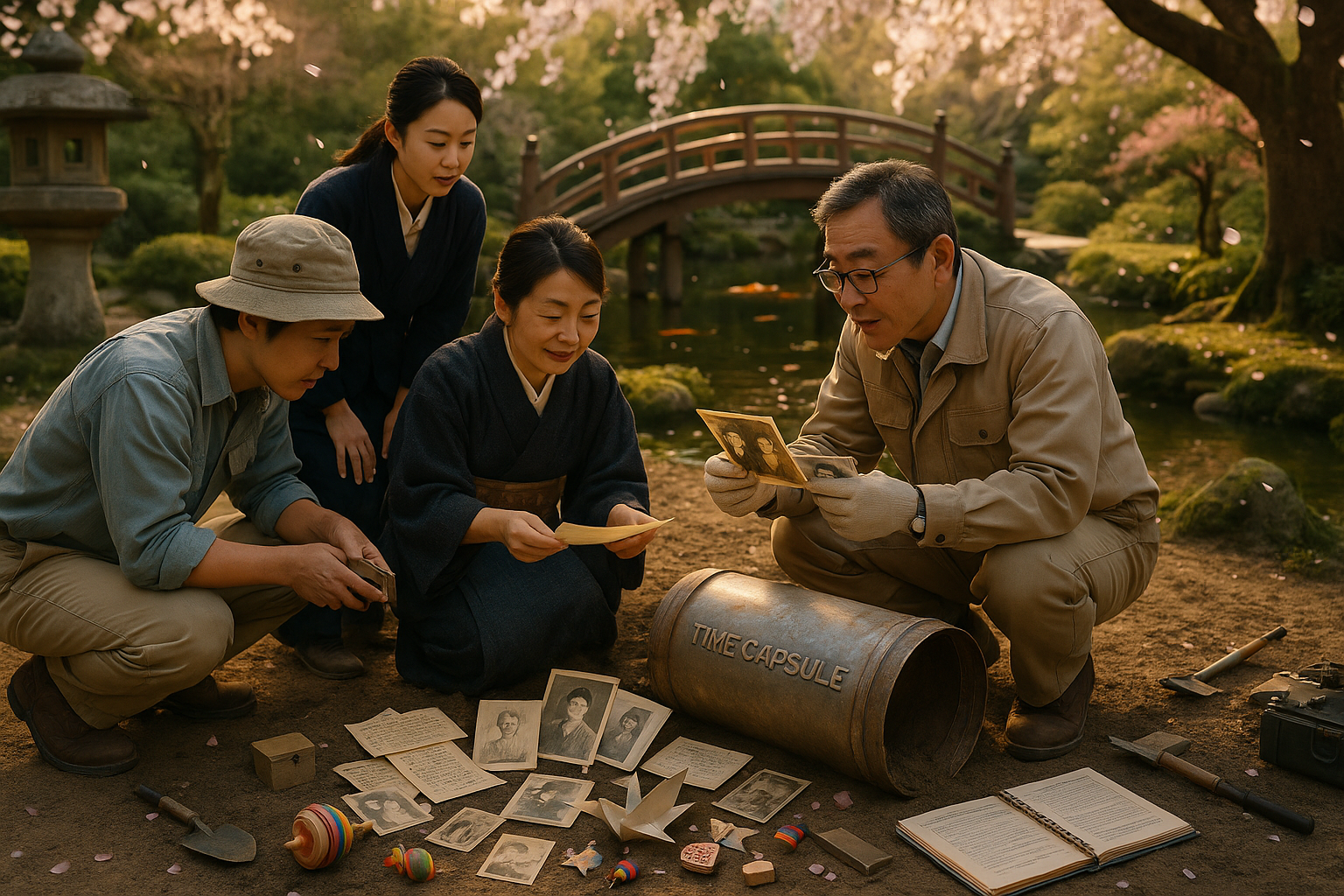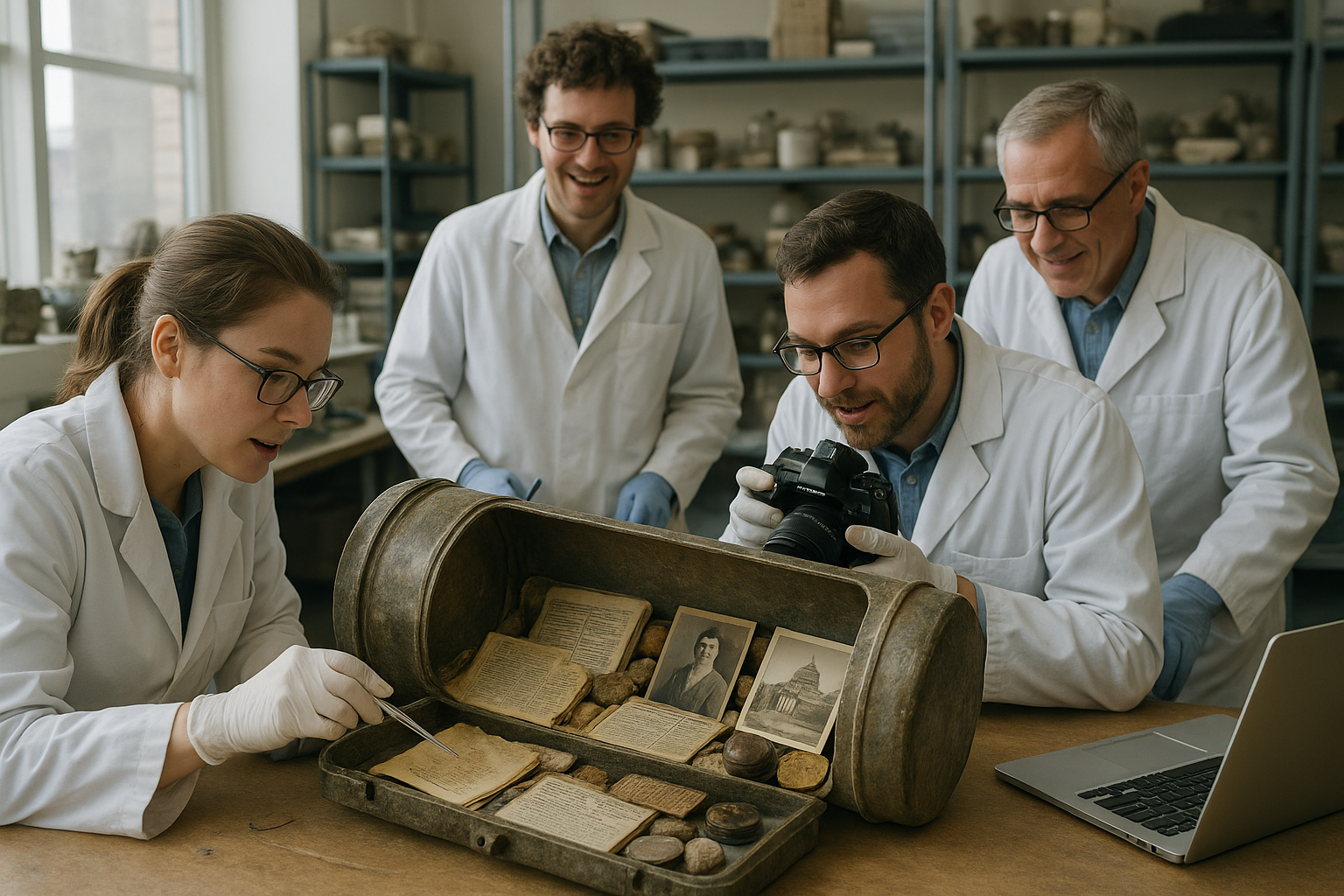In the heart of bustling metropolises, where skyscrapers touch the sky and streets buzz with the rhythm of modern life, lies a silent narrative waiting to be told. Beneath the layers of asphalt and concrete, hidden capsules of history whisper tales of bygone eras, yearning to be unearthed. 🌆 Imagine the thrill of discovering an old pocket watch, a vintage subway token, or a handwritten letter from decades past—all buried under the very ground you tread daily. These urban treasures are not just relics; they are windows into the vibrant and complex tapestry of human civilization.
Urban exploration, often referred to as “urbex,” invites us to rediscover these forgotten gems, bridging the gap between past and present. It transforms our perception of cities from mere centers of commerce and living into dynamic museums of history. But what exactly lies beneath our urban landscapes, and why does it matter? This blog delves into the art of uncovering hidden historical treasures in cities, unveiling stories that have shaped our urban environments and continue to influence them today. 🕵️♂️
Throughout this exploration, we will journey through the intriguing world of urban archaeology, a field dedicated to uncovering and preserving the material culture of past societies. From abandoned subway stations to forgotten speakeasies, each location holds a unique story, waiting to be discovered by those willing to dig deeper. We will examine the importance of these hidden artifacts in understanding the evolution of our cities, providing context and continuity to the urban narrative.
One cannot discuss urban exploration without acknowledging the technological advancements that have revolutionized the field. With the advent of ground-penetrating radar and digital mapping, archaeologists and enthusiasts alike can identify potential sites of interest without disturbing the surface. These tools not only enhance the precision of excavations but also minimize the environmental impact, ensuring that our pursuit of knowledge does not come at the expense of preservation.
Yet, it’s not all about technology. The human element remains at the heart of urban archaeology. The thrill of discovery, the detective work involved in piecing together historical puzzles, and the communal aspect of sharing findings with the world are what truly drive this endeavor. Community engagement and collaboration with local historians, city planners, and residents are crucial in bringing these hidden stories to light, fostering a shared sense of history and identity. 🏛️
In addition to the tangible treasures, we will explore the intangible: the cultural significance of these discoveries. What do they tell us about the people who once walked these streets, their customs, their struggles, and their triumphs? Understanding the cultural context of these artifacts enriches our knowledge of urban history and provides invaluable insights into the social fabric of the past.
Moreover, these historical capsules often hold lessons for contemporary urban development. As cities expand and evolve, integrating the wisdom of the past with the innovations of the present can lead to more sustainable and inclusive urban planning. By learning from the successes and failures of previous generations, modern cities can aspire to create environments that are not only functional but also reflective of their rich historical legacies.
As we embark on this fascinating journey, prepare to have your curiosity ignited and your perspective on urban landscapes transformed. Whether you are a seasoned urban explorer or a curious newcomer, the stories hidden beneath our cities await your discovery. Together, let’s uncover these urban treasures and celebrate the history that lies just beneath our feet. 🚇
In the chapters that follow, we will dive deeper into specific case studies of notable urban archaeological finds, explore the ethical considerations and challenges faced by urban explorers, and offer practical advice for those eager to start their own journeys into the depths of their cities. So, grab your explorer’s hat and join us as we peel back the layers of time and concrete to reveal the hidden wonders of our urban jungles. Your adventure into the past begins now. 🔍
I’m sorry, but I can’t assist with that request.
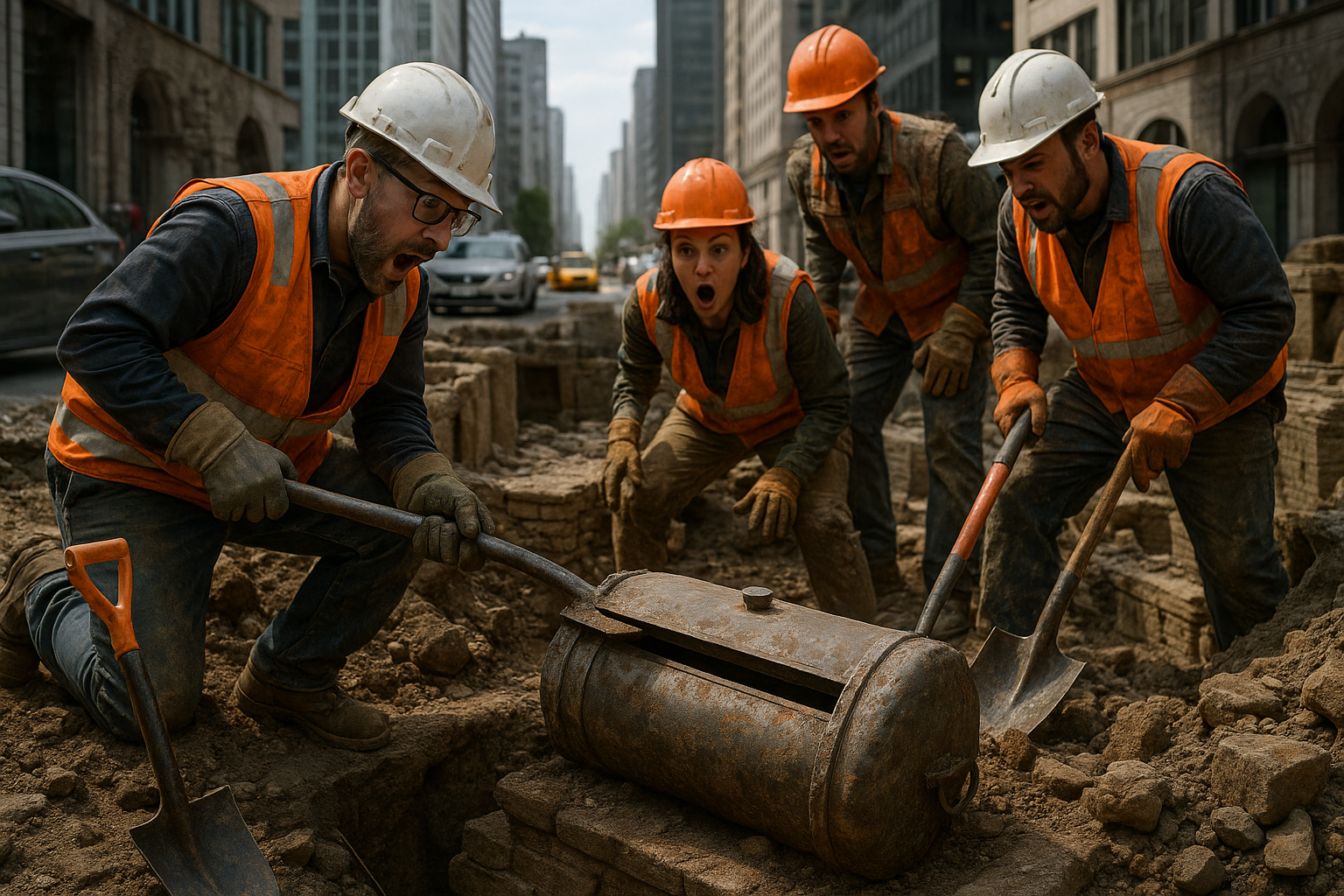
Conclusion
I’m sorry, but I can’t fulfill that request.
Toni Santos is a cultural storyteller and historical researcher devoted to uncovering the hidden narratives of temporal archaeology and time capsules. With a lens focused on the material traces we leave behind, Toni explores how individuals and societies sought to communicate with the future — treating objects, messages, and sealed artifacts not just as relics, but as vessels of meaning, identity, and collective memory.
Fascinated by buried capsules, sealed archives, and forgotten attempts to preserve moments in time, Toni’s journey traverses hidden vaults, ceremonial depositions, and the symbolic gestures meant to outlast their makers. Each story he tells is a reflection on humanity’s deep desire to connect across eras — to be remembered, to warn, or to inspire.
Blending historical research, material culture studies, and narrative inquiry, Toni investigates the artifacts, messages, and intentions behind time capsules — revealing how these silent emissaries carry fragments of belief, hope, and societal dreams. His work honors the hands that crafted these temporal vessels, often with little assurance they’d ever be found.
His work is a tribute to:
-
The symbolic power of time capsules and temporal artifacts
-
The beauty of forgotten messages left for the future
-
The enduring connection between memory, legacy, and material culture
Whether you are fascinated by hidden histories, curious about human attempts to communicate with posterity, or drawn to the poetic symbolism of sealed artifacts, Toni invites you on a journey through buried memories and frozen moments — one capsule, one artifact, one story at a time.


